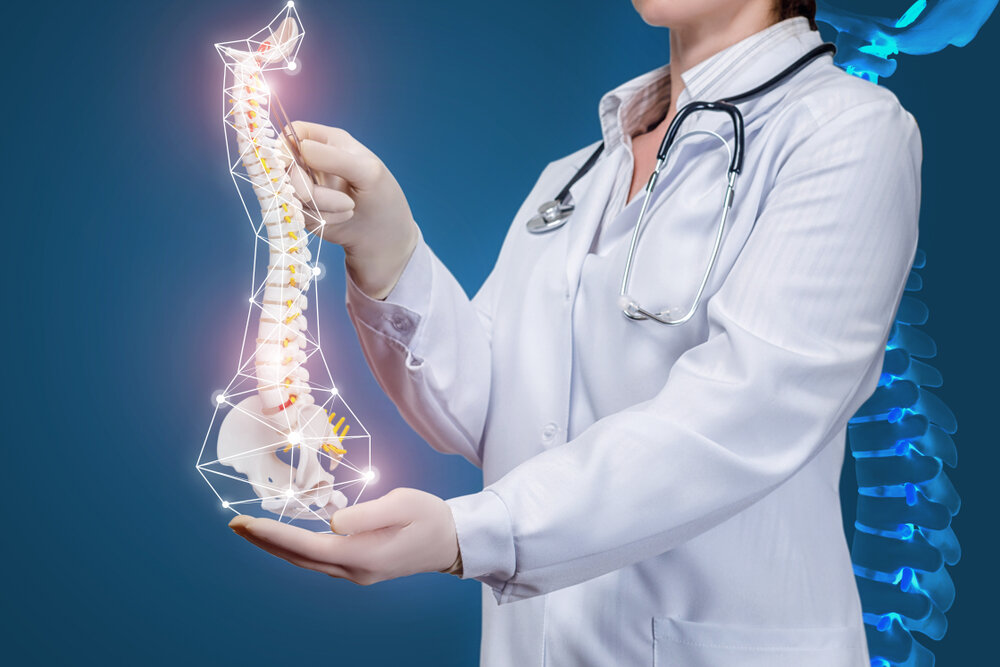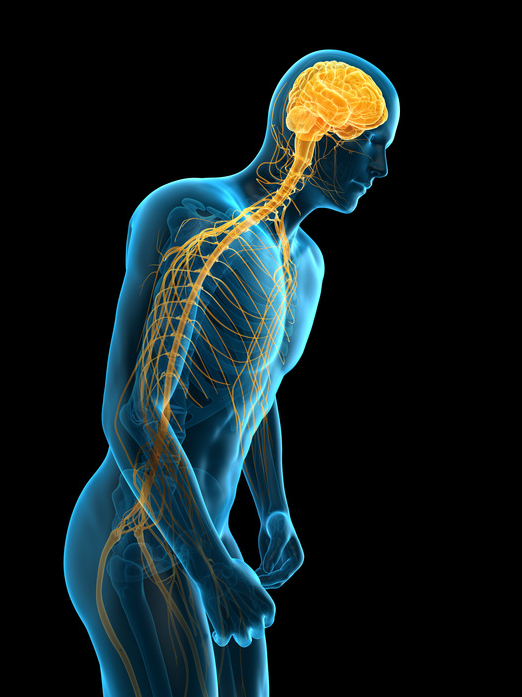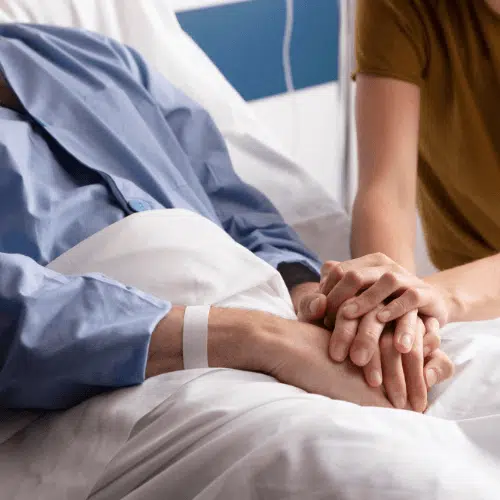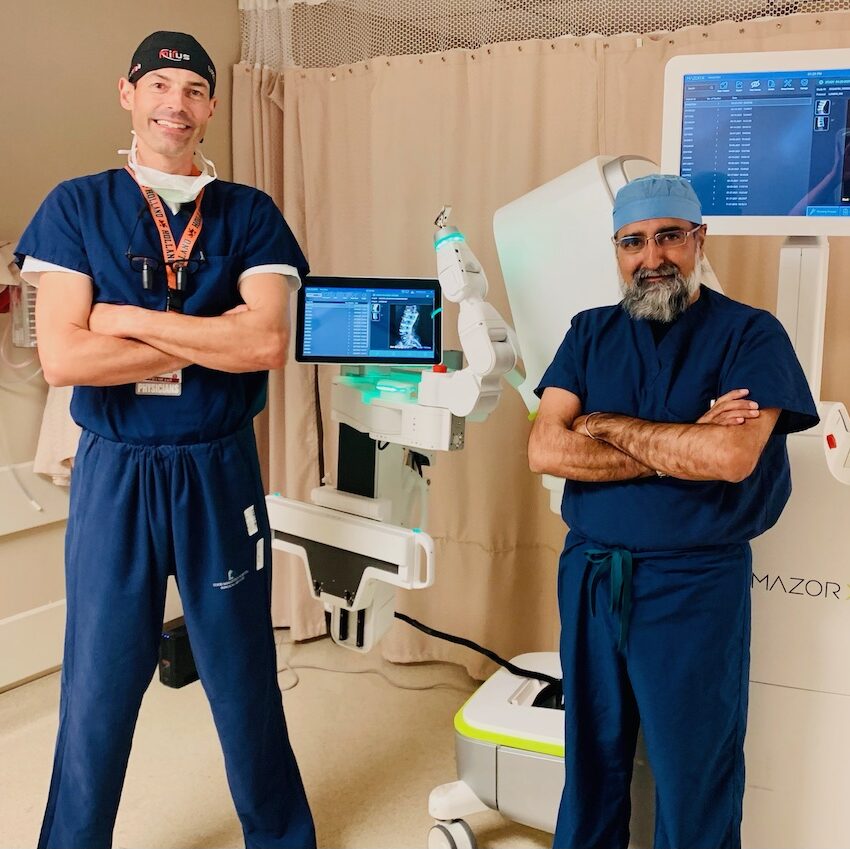The Relevance of Follow-Up Maintenance with the Best Spine Surgeons in St Louis MO
The Relevance of Follow-Up Maintenance with the Best Spine Surgeons in St Louis MO
Blog Article
An Introduction of Spine Problems That Frequently Lead To Surgical Therapies
Spine problems such as herniated discs, spine constriction, and degenerative disc condition regularly require surgical interventions when conservative therapies fail to relieve relentless symptoms. These problems not just cause substantial discomfort but can also drastically harm everyday functioning and overall high quality of life. Comprehending the subtleties of each condition and the matching medical alternatives, such as discectomy or spine fusion, is crucial for reliable management. As we discover these conditions additionally, it ends up being noticeable that the decision-making procedure surrounding surgical therapy is multifaceted and warrants cautious factor to consider.
Herniated Discs
Although several individuals with herniated discs might locate alleviation via conservative treatments, surgical treatment comes to be an essential consideration when symptoms linger or get worse - best spine surgeons in st louis mo. A herniated disc takes place when the soft inner gel of a back disc sticks out via its outer layer, potentially compressing close-by nerves and leading to pain, numbness, or weakness in the extremities
Conservative monitoring commonly consists of physical therapy, discomfort medications, and corticosteroid shots, which aim to lower swelling and boost feature. Nevertheless, in cases where these techniques fail to alleviate debilitating signs and symptoms, medical choices might be explored.
The most common procedure for herniated discs is a discectomy, which includes the removal of the herniated portion of the disc to soothe stress on the influenced nerve root. In a lot more extreme cases, spinal blend might be needed to maintain the impacted vertebrae.
People are encouraged to go over the possible threats and advantages of surgical procedure with their doctor to make an informed choice. Inevitably, the goal of any type of medical treatment is to restore feature, relieve discomfort, and improve general lifestyle for individuals experiencing from herniated discs.
Spine Stenosis
Spinal constriction happens when the areas within the spinal column narrow, resulting in enhanced pressure on the spine and nerves. This problem can create in numerous areas of the spinal column, including the lumbar and cervical areas, often because of age-related adjustments, such as degenerative disc condition, joint inflammation, or enlarging of tendons.
Clients with spinal stenosis might offer with signs and symptoms that include discomfort, numbness, tingling, or weakness, largely in the legs or arms. These symptoms can be worsened by activities that involve standing or strolling, typically leading individuals to seek alleviation with traditional treatments like physical treatment, medicines, or epidural steroid shots.
However, when these non-surgical interventions fail to offer appropriate relief, surgical choices may be taken into consideration. Typical procedures for spinal constriction include laminectomy, which entails the removal of component of the vertebra to relieve pressure, and spine fusion, which maintains the affected location. The decision to go after surgery is typically based upon the severity of signs, the level of practical problems, and the general health of the client. Motivate medical diagnosis and administration are important to avoid additional neurological concession and improve high quality of life.
Spondylolisthesis
Spondylolisthesis takes place when one vertebra slides onward over another, resulting in imbalance of the back. This problem can result from different aspects, including hereditary issues, injury, or degenerative changes in the spinal column. It is most generally read what he said observed in the lumbar region, specifically at the L4-L5 and L5-S1 degrees.

When non-surgical methods fall short to relieve signs and symptoms or when considerable nerve compression is existing, surgical intervention might be necessitated. Surgical choices can consist of back blend or decompression procedures, intended at restoring positioning and reducing neurological symptoms.
Degenerative Disc Condition

The condition can be detected through a mix of professional analysis, imaging researches, and patient history. When these strategies fall short to supply sufficient relief, medical interventions may be taken into consideration.
Surgical options for DDD might include back fusion or fabricated disc replacement, intended at supporting the affected section and alleviating discomfort (best spine surgeons in st louis mo). Ultimately, the selection of treatment is embellished, considering the intensity of the problem, client wellness, and way of life variables
Spine Lumps

What variables add to the advancement of growths within the back, and just how do they manifest in clients? Spine lumps can emerge from various elements, including genetic tendency, environmental influences, and pre-existing medical conditions. They can be categorized as primary growths, coming from in the spinal column, or second lumps, which spread out from various other areas of the body. Patients may present with a range of symptoms, including localized discomfort, neurological deficiencies, weak point, or modifications in digestive tract and bladder feature, depending upon the growth's size and location.
Diagnosis normally includes imaging research studies such as MRI or CT scans, which help mark the lump's attributes and effect on bordering structures. In evaluating treatment alternatives, the lump's area, Get More Information kind, and grade are crucial considerations. Surgical treatment might be required to reduce symptoms, acquire a biopsy, or remove the tumor totally. The goal of surgical treatment is typically to unwind neural aspects and stabilize the spinal column. Adjuvant therapies, consisting of radiation or chemotherapy, might also be essential depending upon the lump's nature. Early detection and treatment are vital for enhancing outcomes in individuals with spinal growths.
Conclusion
In summary, back problems such as herniated discs, spinal stenosis, spondylolisthesis, degenerative disc illness, and back tumors often require medical treatment due to their prospective to trigger substantial pain and functional disability. While traditional therapies might offer short-term relief, medical alternatives come to be critical when symptoms get worse or linger. Prompt medical diagnosis and intervention play an essential function in bring back feature and improving the lifestyle for afflicted people, emphasizing the relevance of comprehensive spinal treatment.

Report this page